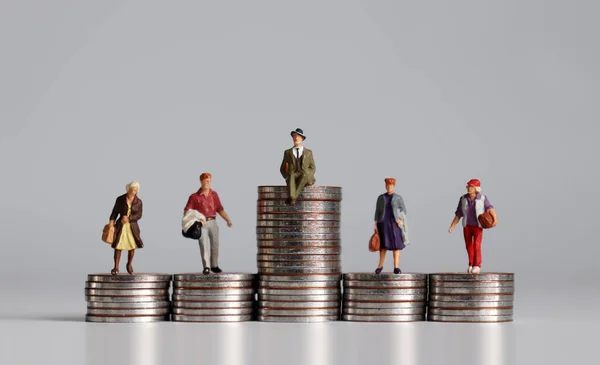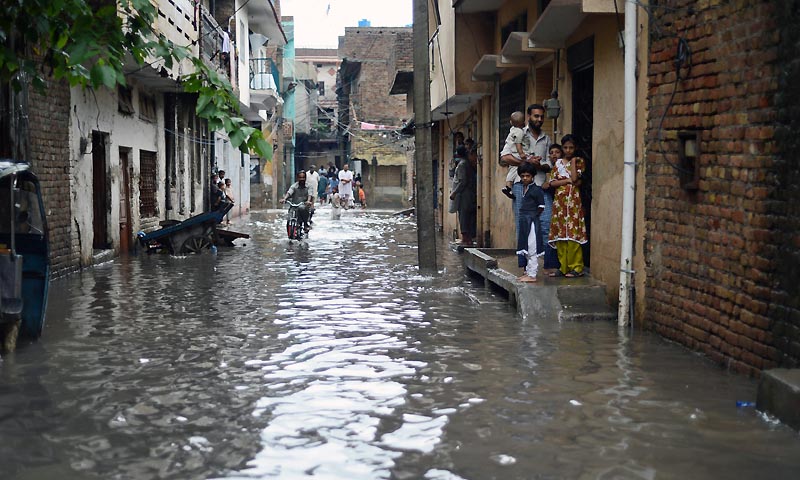
Noam Chomsky believes that the organization has its effects. It means that you discover that you are not alone. Others have the same thoughts that you do. You can reinforce your ideas and learn more about what you believe. These are very informal movements, not like membership organizations, just a mood that involves interaction among people. (Cited by Shahid Siddique; Language, Gender, and Power)
In a recent column, I argued that the University of Punjab has the potential to fetch social change. I backed this claim by concentrating on two distinct aspects—first, the diverse nature of PU. Second, the affinity of most PU students with low-income classes of society.
I presented one observation and a historical fact to support my view. Diversity allows PU students to generate the voices from each section of society aloud and hearable. Two, It is evident from the revolutionary history of the world that the revolution constantly evolved from low-income groups.
The Elite cannot afford the social change because it would exterminate their privileges that run on the blood of the poor. The nature of the capitalist system is that the laborers of the significant population provide comfort to the insignificant folk of society while others remain deprived.
However, people gave harsh critiques of that opinion. In my present writing, I will discuss two facets in the context of public remarks. First, Union or student bodies, and second is an entrance Quota scheme at PU.
Unions or associations are the essences of society. They empower the oppressed to raise their voices and reach them in the empires of authorities. In the book Homo Deus, the writer argues that if you want to convey social change to the world, become a part of an influential organization; Fifty million people are more potent than fifty million people. Without associations, people will be like cutie kites. Consequently, No one will hear the demands of non-organized people.
Similarly, it is true in the context of Punjab University. Knowledge petitioners from various territories of Pakistan arrive here and join student bodies based on unique cultural ethnicities. They loud their voices in an organized way through the students’ groups. In short, platforms integrate them.
Now, when they become disintegrate, problems arise. Pupils lose their intercommunicated identity, called Pakistani, in tracking cultural races. In the subsequent step, they overlook their joint interests and draw fault lines between them. Who would merge them on shared agendas? That should examine on priority.
In my previous column titled “ Fixing the Image of Punjab University,” I submitted a functional solution for inducing unification among student bodies. I argued that administrative officials should make a board comprised of University intellectuals to fix conflict matters. It would work on the following defined agendas:
- The committee should summon presidents and Nazim to a coffee table for negotiation before the eruption of dispute.
- The board should irradiate the pupils with a unique identity, Pakistani, besides regional or tribal individualities.
- The functioning tool of the committee should be unbiased.
- It is more satisfying to select members representing all the respective groups to make significant decisions.
- The panel would acquire high control to make final judgments about conducting annual functions, e.g., Jashne Punjab and Cultural days.
It is difficult for the administration to keep a moderate check and balance of all tasks on the premises of the University. The primary reason is that PU is a comprehensive university, one of the enormous universities in South Asia. So, numerous issues range from hostel governance, commodity prize controlling, and mess governance to enforcing law and order. Hence, thinking on a broader level is required to handle all those mantras.
In this case, if a specific student body supervises some duties like the prize controlling for cafeterias and organizing academic or not academic events like sports galas, and cultural events, there is clarity in it. Students drive some tasks well, which are tricky to govern by admin staff, like prize management of commodity items. The cause is apparent in the extensive size of PU. Student body compares the local market trends and fixes the prizes of edible or non-eatable items in canteens on the premises of the University. If it is going agreeably, what’s the issue?
Student bodies may operate as an effective medium to promote literary culture or bookish air in the University because these platforms can integrate the public. These student bodies organize study circles on various topics and do intellectually discuss them. Last month, I attended two intellectual sitings organized by two certain student bodies; Professor Shahzeb Khan was the honorable caller and presented a philosophic talk.
But the overhead proposition is attainable only when the diversity and Unity cycle go side by side.
Numerous issues exist in student PU student bodies, parallel to any other organization. What are those? Everyone comprehends; no need to retreat. Likewise, broader thinking is required to handle and understand the discourse of fundamental issues.
I offer two practical core solutions for student union-related matters. The jurisdictional writ of the administration should be more decisive on all issues. The board I advised earlier should have supreme command of all the administrative concerns. The constituent body should not allow any radical element to interfere in academic affairs or orchestrate roughness or fear on the institution’s premises.
Two, I urge that officeholders designate only those individuals to senior seats of student bodies with leadership traits besides organizational qualities. Few issues come from top authorities of groups due to their extreme or violent behaviors towards activities. Effective heads of student bodies can make organizations more socially finite. Two wheels, i.e., administration or student body, should run side by side to transform the robust structure. How much leadership is crucial for an influential organization? Interested readers can read a famous book by Steven R. Covey, ” 7 Habits of most Highly effective People in this reference. There, he explained the function of leadership by showing the example of the Jungle.
A second point on which people sounded extreme views through my previous article documented, Fixing the image of Punjab University was the Quota system, which must be discourse sincerely. More, officials must rethink the skeleton and align on constitutional paradigms. It is feasible to prolong the current writing. Indeed! I would discuss it on another forum or column.
var /*674867468*/



